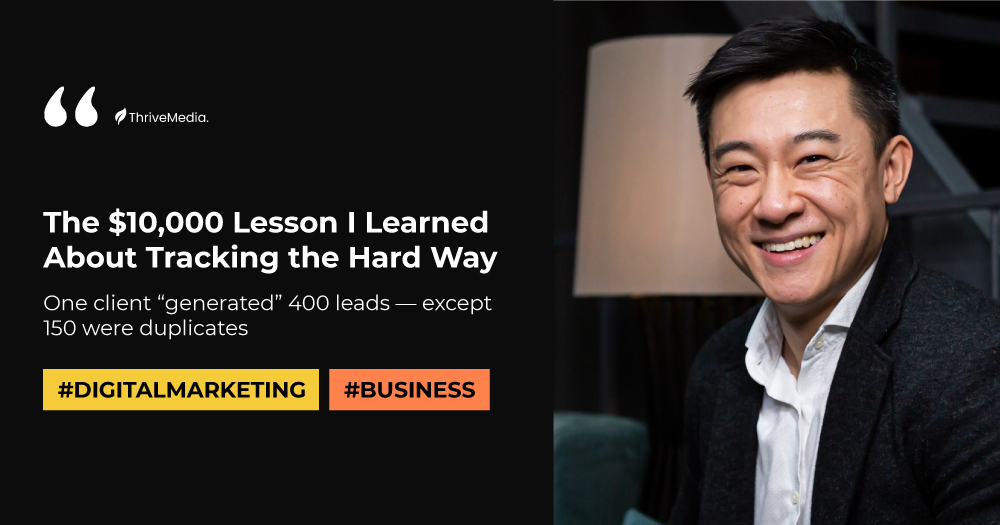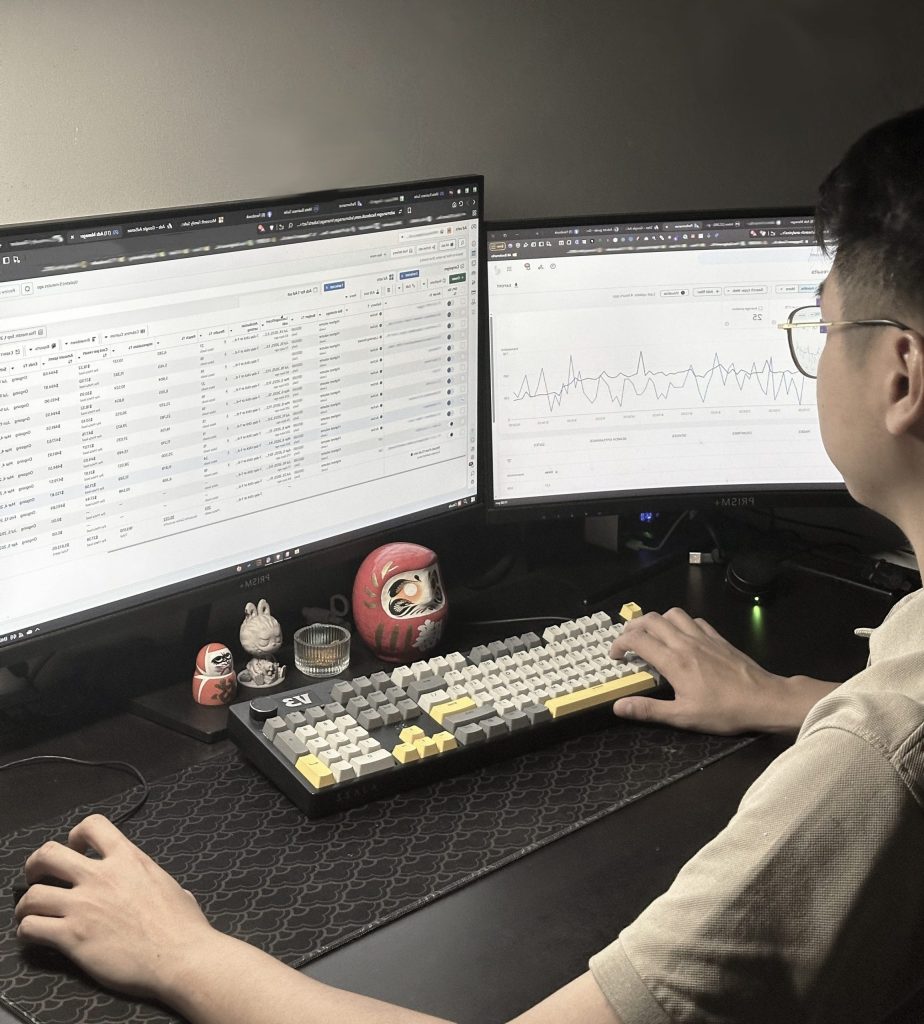
I thought I was being smart. My ads were running smoothly, the clicks were coming in, and the leads were flowing. On paper, everything looked perfect. But in reality, my tracking was broken—and I didn’t realize it until $10,000 was already gone.
This isn’t just my story. It’s the story of countless business owners and marketers in Singapore and beyond who run ads without bulletproof tracking. Whether you’re using Facebook Ads, Google Ads, or any other platform, failing to track accurately is like driving blindfolded. You might move fast, but you won’t know if you’re heading in the right direction.
In this article, I’ll break down the lessons I learned the hard way, supported by industry benchmarks, case studies, and local market insights. I’ll also share practical steps so you don’t repeat my mistakes.
👉 If you want the full picture of why tracking matters, you should also read Unlocking the Power of Paid Media: Why Facebook and Google Ads are Crucial for Business Growth.
Ad platforms like Meta and Google Ads report conversions—but they don’t tell the full story. A click isn’t always a lead. A lead isn’t always qualified. And a form submission isn’t always a sale.
A Study found that 61% of marketers still rely on “basic” attribution models that over-credit last clicks, ignoring the bigger journey. That means businesses are often optimizing for the wrong metrics.
Here’s where it gets dangerous:
• Google Ads shows 100 conversions.
• Your CRM shows 70 actual leads.
• Your sales team closes only 15 deals.
Without syncing these systems, you think you’re winning—but you’re bleeding money.
👉 For more on how ad targeting errors compound bad tracking, see Master Facebook Ad Targeting for More Leads.
Connect with our expert team to transform your sales process with proven digital marketing strategies that deliver real results.
Connect with us! →I was running a campaign for a Singapore-based B2B service. The budget was healthy: around SGD $3,000 per month. After three months, I assumed the campaign was doing great because the platform showed strong cost-per-lead numbers.
The problem? My lead form integration with the CRM broke after an update. I was counting clicks as conversions, not actual leads.
Here’s how the “success” looked at first glance:
• 300 “leads” tracked
• SGD $30 cost per lead
• Happy client… for now
But when we audited the CRM:
• Only 120 leads were real
• 40 were qualified
• Just 6 converted into paying clients
The math was brutal: $10,000+ in wasted ad spend over three months.
Singapore and Southeast Asia have unique digital ad dynamics:
• High CPC industries like finance, real estate, and education drive costs up. (Finance-related keywords often exceed SGD $15–20 per click.)
• Cultural buying behavior means leads take longer to convert, making proper tracking even more critical.
• Many SMEs outsource ads to agencies but don’t demand full-funnel reporting.
When you combine expensive clicks with weak tracking, the losses add up fast. That’s why businesses here need sharper systems than ever before.
👉 To see how SMEs waste money without realizing it, check out The #1 Ad Mistake 80% of SMEs Make (And How to Fix It Before Wasting More Money).
Your business deserves more. Let ThriveMediaSG help your business Increase Sales through digital marketing.

A Singapore e-commerce store switched from basic Facebook tracking to server-side conversion API. According to Marketing-Interactive, they saw a 32% improvement in reported ROAS—not because sales increased, but because data accuracy improved.
A regional SaaS company integrated HubSpot with Google Ads offline conversions. The result? Cost per opportunity dropped 27%, and sales qualified leads doubled.
This proves that better tracking doesn’t just save money—it makes campaigns profitable.
• Test every form and funnel weekly.
• Verify integrations with CRMs and marketing automation tools.
Use tools like Google Analytics 4 or HubSpot attribution to see which touchpoints actually drive sales.
Feed closed-won deals into Google Ads and Facebook Ads. This lets algorithms optimize for revenue, not fake leads.
Low-cost leads are often junk. Why Cheap Leads Cost You the Most in the Long Run explains why quality should always come first.
Learn how to avoid common pitfalls in ad campaigns and protect your ROI.
Because without accurate tracking, you’re optimizing for vanity metrics like clicks instead of real sales.
Start with proper tracking setups: GA4, Meta Pixel, and CRM integrations. Then align ad campaigns with actual sales data.
Because Google counts based on clicks or form submissions. Your CRM only counts verified leads. That gap is where the money is lost.
Always prioritize qualified leads. Cheap leads inflate numbers but drain budgets long-term.
High-authority sources reinforce the importance of tracking:
• Forbes stresses that marketing data integrity is the biggest edge businesses can build.
• HubSpot Blog shows how poor attribution leads to misleading ROI.
• Marketing-Interactive highlights regional case studies of Singapore SMEs struggling with ad costs.
Reading and implementing frameworks from these sources ensures you’re not stuck relying only on ad platform dashboards.
The $10,000 mistake I made could have been avoided with a stronger tracking setup. In today’s competitive market—especially in Singapore, where CPCs are high and margins thin—tracking is not optional. It’s survival.
If you take one lesson from this article, let it be this: Don’t assume your ads are working. Prove it with data.
👉 Next, read Why Paid Ads in Singapore Are Failing Your Small Business (And How to Fix Them) to understand the bigger picture.







Our team consists of seasoned digital marketers, bringing years of hands-on expertise driving results for SMEs and enterprises throughout the APAC region.
from first click to final sale—across Meta, Google, TikTok, YouTube, and your CRM so you can see what’s working and what’s not.
Your videos, landing pages, ads, and data are aligned under one strategy no more juggling vendors.
Budgets shift based on real-time performance, not monthly meetings.
Leads and traffic you already have get optimized for higher ROI and less waste.
Clear reports, honest feedback, and no jargon—even when results aren’t perfect.
Digital Marketing isn’t just about running ads—it’s about turning data into visible growth.

